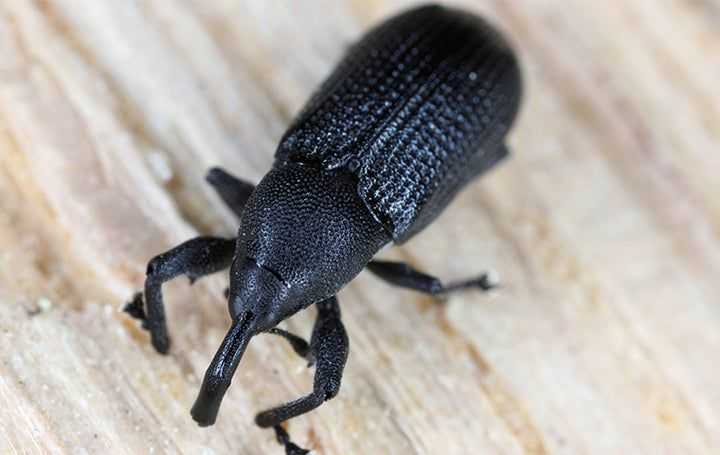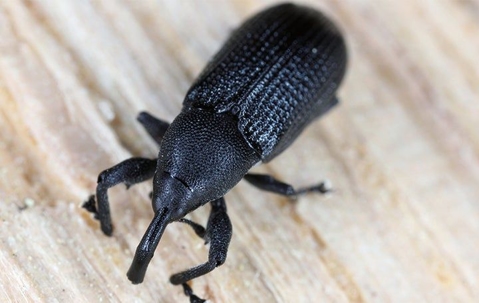
Frequently Asked Questions About Bill Bug's
What are bill bugs?
Bill bugs are a type of weevil that is well-known for their behavior of destroying lawns. There are dozens of different bill bug species, and around ten of these species are particularly known for invading lawns and munching away on the plants they find there both as adults and in their immature stages.
Adult bill bugs grow to be around 1/4 of an inch long and have black or grey bodies. They have long snouts and a broad thorax, plus six legs. Larval bill bugs are also referred to as grubs, and they are plump, cream, or white in color, and curved or C-shaped.
Westfall's Lawn and Pest will help you with identification issues and provide you with effective bill bug removal solutions.
Are bill bugs dangerous?
Bill bugs are relatively harmless to humans, as they don’t bite, nor do they transmit bacteria and pathogens to human properties. However, an infestation of bill bugs is dangerous for your outdoor areas as these insects chew away at the roots of your grass and other vegetation. Over time, a bill bug infestation will completely destroy the health of your outdoor plants and leave your lawn looking brown, patchy, and parched.
Another major problem with widespread bill bug infestation is the predators that will come looking to eat these insects. Having an infestation of bill bugs often leads to a plethora of birds, skunks, and wasps on your property causing their own serious issues.
Why do I have a bill bug problem?
Bill bugs are attracted to properties where they have lots of food in the form of grass and leaves to chew. In most cases, untreated lawns, overgrown grasses, and trees that are not protected by pest repellents will be prime attractants to bill bugs looking to feed and lay their eggs. These pests are most active in summer as they move from yard to yard searching for food.
Where will I find bill bugs?
Bill bugs are almost always found outside, as they prefer to inhabit long grasses, trees, leaf piles, and other areas of overgrown foliage. You may see bill bugs occasionally gathering on the siding of your home, and they may accidentally find their way indoors, but these insects will die if they are away from lawns and garden spaces for too long.
How do I get rid of bill bugs?
If you want to get rid of bill bugs around your Bradenton home the easy way, contact Westfall's Lawn and Pest at the first signs of this insect infesting your property. Dry grasses, brown patches, and parched-looking lawns are all indicators that it's time to turn to the professionals.
Our team will work with you to identify your lawn’s bill bug and pest control needs before providing you with tailored solutions that effectively eradicate all traces of this pest from your property.
Contact us today for an evaluation.
How can I prevent bill bugs in the future?
Prevent bill bugs from returning to your property in the future by following our expert tips below:
- Ensure your lawn is properly watered and fertilized, as this helps it withstand bill bug infestations and recover from any damage faster.
- Clear outdoor spaces of overgrown grasses and piles of debris in addition to pruning trees in order to reduce bill bug attractants.
- Utilize window and door screens to keep bill bugs from accidentally moving into interior spaces.
- Mow your lawn regularly to ensure it stays in good condition.
Contact Westfall's Lawn and Pest to learn more about our residential and commercial pest control services in Bradenton, and for more bill bug prevention advice.
Defeating Bill Bug Infestations On Your Property

Bill bugs are destructive lawn insects that need to be dealt with professionally if you want to protect your Bradenton, FL, property from the damage that these pests bring.



